
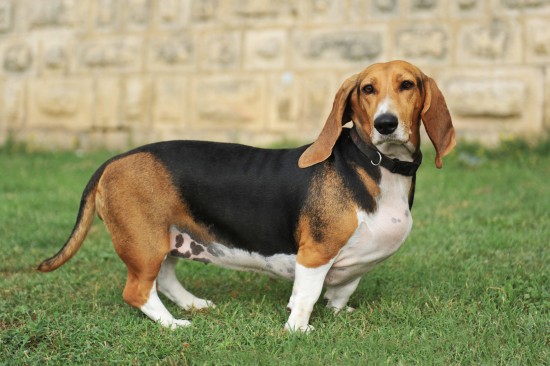
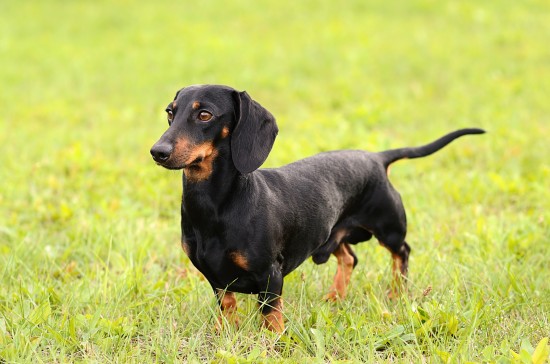
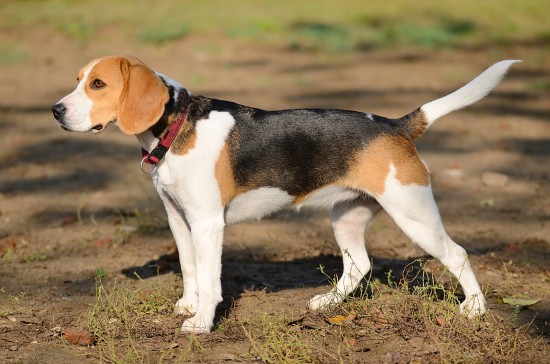
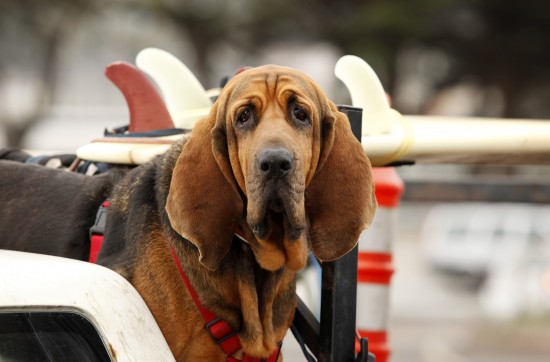
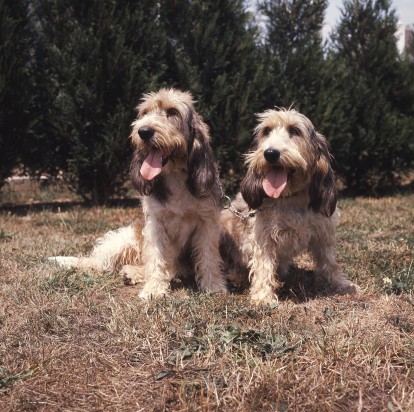
There are over sixty dog breeds worldwide that fall into the scent hound dog grouping, and aside from their superior scenting ability, the whole range of breeds share few, if any other commonalities across the board. Scent hounds come in all shapes and sizes, and while some are kept almost exclusively as working dogs, others make for excellent pets for people in all types of different situations.
In this article, we will provide a short introduction to just a few of the most popular scent hound breeds that are often kept as pets within the UK. Read on to learn more.
A scent hound is any dog from within the hound grouping that hunts by scent as opposed to sight, and scent hound breeds as a whole have a highly attuned sense of smell, even compared to the scenting abilities of other dog breeds.
While scent hounds come in many shapes and sizes, most of them have droopy ears that are relatively long, and enlarged nasal cavities in order to decode scents in detail, all of which may help the dogs to collet scents around the face and process them effectively.
The Basset hound, also sometimes known as the “Hush puppy” dog to people of a certain age, is a scent hound that was originally bred for hunting prey such as hares and rabbits. They have incredibly long, drooping ears that are often longer than the length of their legs, and have a unique short-legged, long bodied conformation that is caused by a form of achondroplasia, or canine dwarfism.
The Basset hound is one of the best scent hounds in the world, coming in second in the scenting rankings to the Bloodhound only.
The Dachshund is a second scent hound breed with short legs and a long body, again caused by canine achondroplasia. While the “sausage dog” might be rather unique in appearance and is often thought to have been selectively bred as a lap dog or toy dog, they do have a very strong working history!
The Dachshund’s small size and short legs enables them to purse prey such as badgers into burrows, something that most other dogs cannot achieve due to their size and stature. The Dachshund is fearless when faced with a predator, and is very much a big dog in a small body!
They remain as one of the most popular small dogs within both the UK and the USA, but are particularly prone to health problems that can arise if the back is overly long in relation to the legs.
The lively, noisy Beagle is a small to medium sized dog that is relatively similar in looks to the English foxhound, but has shorter legs and longer ears. As well as a working history of tracking prey such as hares and rabbit, their amenability to training and superior sense of smell means that they can also commonly be seen working as detection dogs with the military and law enforcement all across the world.
They also make good pets, due to their kind natures, tendency to good health and suitable size for domestic life in most homes. They are fun loving, comical and love to play, and get on well with both children and dogs.
The Bloodhound is one of the larger scent hound breeds, and one that was originally used for tracking larger prey such as wild boar and deer, but that has also been widely used for tracking people in search and rescue work and hunting for fugitives. The Bloodhound has the best sense of smell and greatest range of scenting abilities of any dog breed, and they are tireless and tenacious when following a trail. They are reputed to be able to scent even faint, old odours in the wild, including across water and in adverse weather conditions.
They are still widely used today in searches for missing persons all across the world.
The Grand Basset Griffon Vendeen is a French dog breed with a shaggy coated appearance that is of a medium size, and popular today as a domestic pet both within the UK and worldwide.
Traditionally kept and worked as pack dogs, they do like to have company, and live happily with both other dogs and other types of pets such as cats. When used for hunting work, they often work in packs, and are still used in the present day to track and hunt prey such as deer, boar and rabbits, but are more widely kept in modern times as domestic pets.
They are friendly, outgoing and social with other dogs, as well as being good with children and fitting well into all sorts of family situations, leading to their wide distribution outside of France.
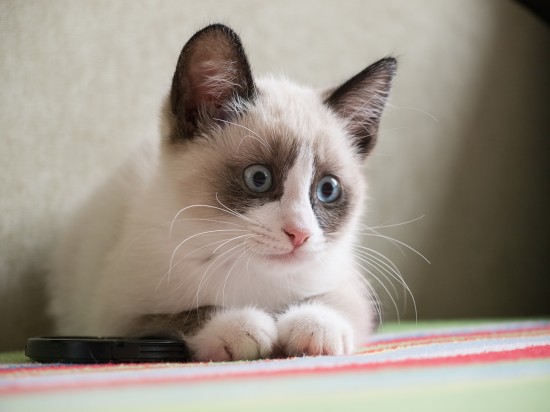 The History And Breeding Challenges Of The Uncommon Snowshoe Cat
The History And B
The History And Breeding Challenges Of The Uncommon Snowshoe Cat
The History And B
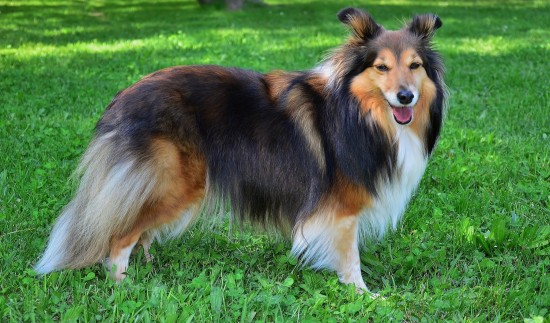 Some Frequently Asked Questions About The Shetland Sheepdog
Some Frequently A
Some Frequently Asked Questions About The Shetland Sheepdog
Some Frequently A
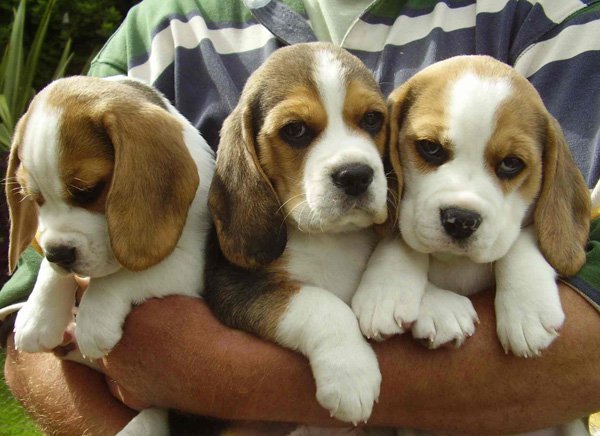 Protect your Bunny Pet from Predators with Outdoor Rabbit Hutches
Protect your Bunny Pet from Predators with Outdoor Rabbit
Protect your Bunny Pet from Predators with Outdoor Rabbit Hutches
Protect your Bunny Pet from Predators with Outdoor Rabbit
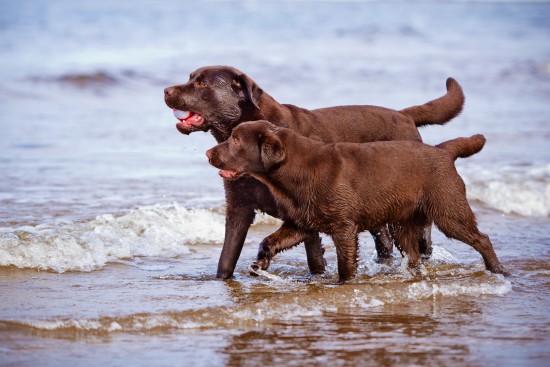 Dogs Made For Swimming
Dogs Made For Swi
Dogs Made For Swimming
Dogs Made For Swi
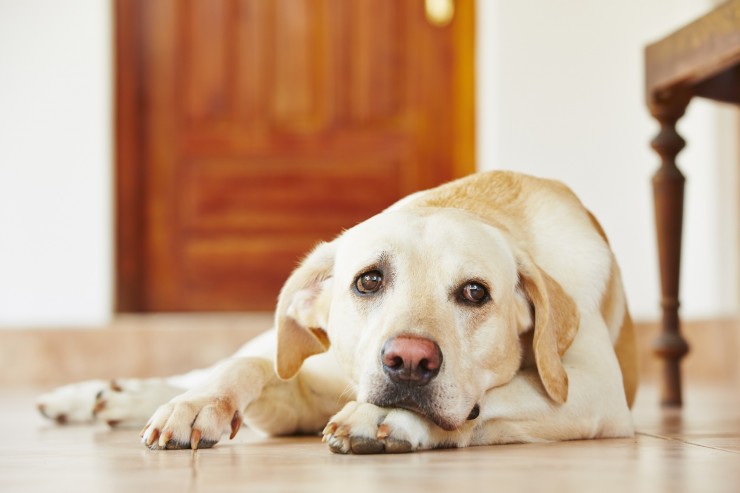 3 Smart Ways Of Making Sure Your Pet Is Happy When Youre Not Around!
3 Smart Ways Of M
3 Smart Ways Of Making Sure Your Pet Is Happy When Youre Not Around!
3 Smart Ways Of M
Copyright © 2005-2016 Pet Information All Rights Reserved
Contact us: www162date@outlook.com